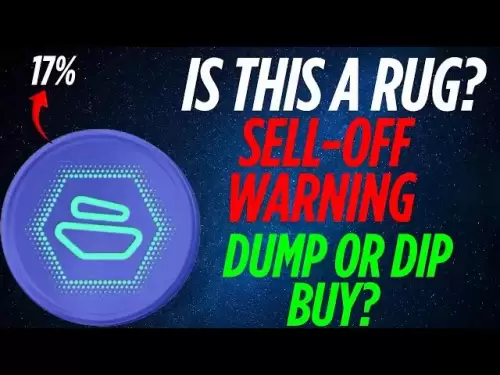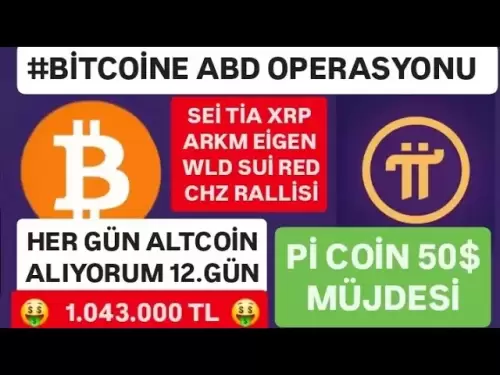-
 Bitcoin
Bitcoin $108,708.8110
0.60% -
 Ethereum
Ethereum $2,561.6057
1.91% -
 Tether USDt
Tether USDt $1.0001
-0.03% -
 XRP
XRP $2.2795
0.57% -
 BNB
BNB $662.2393
1.00% -
 Solana
Solana $153.1346
3.74% -
 USDC
USDC $1.0000
0.00% -
 TRON
TRON $0.2877
0.97% -
 Dogecoin
Dogecoin $0.1710
3.93% -
 Cardano
Cardano $0.5871
1.61% -
 Hyperliquid
Hyperliquid $39.6663
1.68% -
 Sui
Sui $2.9032
0.79% -
 Bitcoin Cash
Bitcoin Cash $496.1879
1.71% -
 Chainlink
Chainlink $13.5807
3.01% -
 UNUS SED LEO
UNUS SED LEO $9.0777
0.61% -
 Stellar
Stellar $0.2514
4.51% -
 Avalanche
Avalanche $18.1761
1.86% -
 Shiba Inu
Shiba Inu $0.0...01173
1.72% -
 Toncoin
Toncoin $2.8010
-4.23% -
 Hedera
Hedera $0.1594
3.21% -
 Litecoin
Litecoin $87.0257
-0.53% -
 Monero
Monero $319.1217
1.79% -
 Polkadot
Polkadot $3.3853
0.68% -
 Dai
Dai $0.9999
-0.01% -
 Ethena USDe
Ethena USDe $1.0003
0.02% -
 Bitget Token
Bitget Token $4.3420
-0.97% -
 Uniswap
Uniswap $7.3772
1.39% -
 Aave
Aave $286.6277
5.61% -
 Pepe
Pepe $0.0...09994
2.33% -
 Pi
Pi $0.4589
1.76%
How to transfer ETH from KuCoin to PayPal
To transfer ETH from KuCoin to PayPal, withdraw ETH to a personal wallet, convert to a stablecoin on a DEX, then sell on a platform like Coinbase that supports PayPal withdrawals.
Apr 17, 2025 at 04:08 am
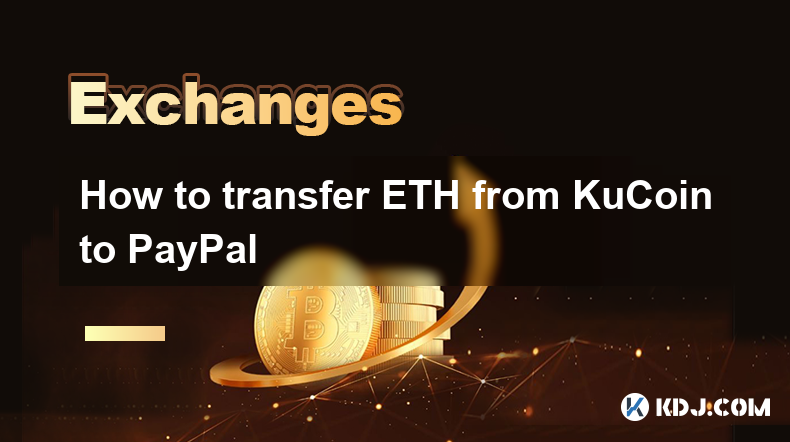
Transferring ETH from KuCoin to PayPal involves several steps and considerations. While KuCoin does not directly support transferring ETH to PayPal, you can achieve this through a series of intermediary steps. This process involves withdrawing ETH from KuCoin to a personal wallet, converting it to a stablecoin or another cryptocurrency that can be sold on a platform supporting PayPal withdrawals, and then transferring the funds to PayPal. Here's a detailed guide on how to do this.
Withdrawing ETH from KuCoin
Before you can transfer your ETH to PayPal, you need to withdraw it from KuCoin to a personal wallet. Here's how you can do that:
- Log into your KuCoin account and navigate to the 'Assets' section.
- Select 'Withdraw' and choose ETH from the list of cryptocurrencies.
- Enter the withdrawal address of your personal Ethereum wallet. Make sure this address is correct, as transactions on the blockchain are irreversible.
- Specify the amount of ETH you want to withdraw. Keep in mind the withdrawal fees and minimum withdrawal amounts.
- Confirm the withdrawal. You might need to complete a two-factor authentication (2FA) step to proceed.
Converting ETH to a Stablecoin
Once you have your ETH in a personal wallet, you'll need to convert it to a stablecoin like USDT or USDC, which are more easily convertible to fiat currencies. You can use decentralized exchanges (DEXs) like Uniswap for this purpose:
- Connect your wallet to the DEX platform.
- Select ETH as the token to swap and choose the stablecoin you want to receive.
- Enter the amount of ETH you wish to convert and review the transaction details, including the estimated amount of stablecoin you'll receive and any transaction fees.
- Confirm the swap. Again, you may need to authorize the transaction through your wallet's interface.
Transferring Stablecoin to a Platform Supporting PayPal Withdrawals
With your stablecoin in hand, you need to move it to a platform that supports withdrawals to PayPal. Platforms like Coinbase or Binance.US offer this service. Here's how to proceed:
- Create an account on the chosen platform if you haven't already, and complete the necessary verification steps.
- Deposit your stablecoin into your account on the platform. Navigate to the 'Deposit' section, select the stablecoin, and follow the instructions to send your stablecoin from your personal wallet to the platform's wallet address.
- Sell your stablecoin for USD or another currency supported by PayPal withdrawals. Navigate to the trading section, select the stablecoin, and execute a market or limit order to sell.
- Withdraw to PayPal. Go to the 'Withdraw' section, select PayPal as the withdrawal method, enter the amount you wish to withdraw, and follow the prompts to complete the transaction.
Fees and Considerations
Throughout this process, you'll encounter various fees that can impact the total amount you receive in your PayPal account. These include:
- Withdrawal fees from KuCoin for transferring ETH.
- Transaction fees on the DEX for converting ETH to a stablecoin.
- Deposit fees on the platform where you're selling the stablecoin.
- Trading fees for selling the stablecoin.
- Withdrawal fees to PayPal.
It's important to calculate these fees in advance to understand the net amount you'll receive. Additionally, be aware of any minimum withdrawal amounts and processing times associated with each step.
Security and Best Practices
Security is paramount when dealing with cryptocurrencies. Here are some best practices to keep in mind:
- Use strong, unique passwords for all accounts involved in the transfer process.
- Enable two-factor authentication (2FA) wherever possible to add an extra layer of security.
- Verify wallet addresses multiple times before initiating any transfers to avoid sending funds to the wrong address.
- Keep your private keys and recovery phrases secure and never share them with anyone.
- Be cautious of phishing attempts and only use official websites and applications for your transactions.
Frequently Asked Questions
Q: Can I transfer ETH directly from KuCoin to PayPal without using a personal wallet?
A: No, KuCoin does not support direct transfers to PayPal. You must withdraw your ETH to a personal wallet and follow the steps outlined above to convert and transfer your funds.
Q: Are there any alternatives to PayPal for withdrawing cryptocurrency?
A: Yes, many platforms support withdrawals to bank accounts, other digital wallets, or even cash via services like Western Union. The availability of these options depends on the platform and your location.
Q: How long does the entire process take from start to finish?
A: The duration can vary based on several factors, including blockchain confirmation times, platform processing times, and the time it takes to convert and sell your assets. Generally, the process can take anywhere from a few hours to a few days.
Q: What should I do if I encounter issues during the transfer process?
A: If you face any issues, first check the transaction status on the respective blockchain explorers. If the problem persists, contact the customer support of the platforms involved, providing them with transaction details and any error messages you've received.
Disclaimer:info@kdj.com
The information provided is not trading advice. kdj.com does not assume any responsibility for any investments made based on the information provided in this article. Cryptocurrencies are highly volatile and it is highly recommended that you invest with caution after thorough research!
If you believe that the content used on this website infringes your copyright, please contact us immediately (info@kdj.com) and we will delete it promptly.
- Bitcoin, Investment, Safe Buy: Navigating the Crypto Landscape in 2025
- 2025-07-08 06:30:12
- DegeCoin, Solana, and Meme Tokens: Riding the Wave or a Wipeout?
- 2025-07-08 07:10:12
- Brett Price, Arctic Pablo, and Meme Coins: What's the Hype?
- 2025-07-08 06:50:12
- Cryptos, Potential Gains, Early Investment: Spotting the Next Big Thing
- 2025-07-08 06:30:12
- Solana ETF Speculation Heats Up: SEC Deadlines and SOL Price Swings
- 2025-07-08 07:10:12
- PUMP Token, Solana Adoption, and Token Sales: What's the Buzz?
- 2025-07-08 07:15:12
Related knowledge
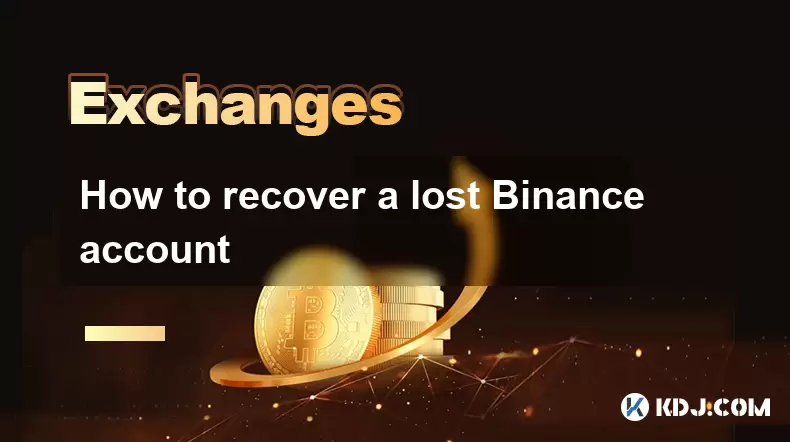
How to recover a lost Binance account
Jul 07,2025 at 09:07pm
What Happens When a Binance Account Is Lost?Losing access to your Binance account can be a distressing experience, especially if you hold significant digital assets. This typically occurs due to forgotten login credentials, loss of two-factor authentication (2FA) devices, or compromised accounts. Understanding the exact reason behind losing access is cr...
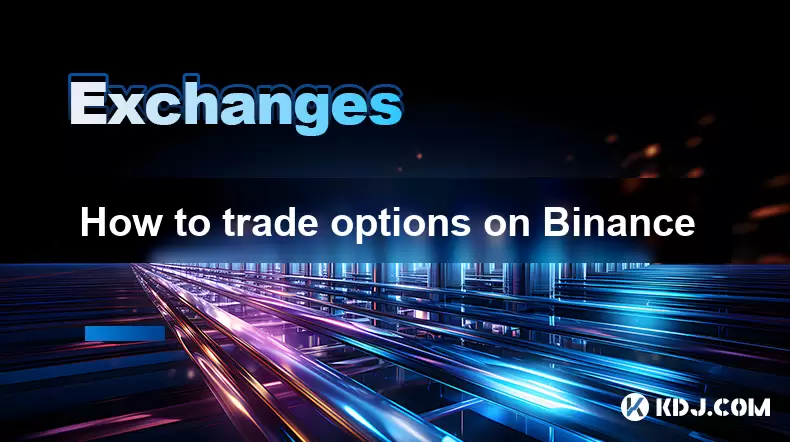
How to trade options on Binance
Jul 08,2025 at 04:35am
Understanding Options Trading on BinanceOptions trading allows investors to speculate on the future price of an asset without owning it. On Binance, users can trade crypto options, which are derivative contracts that give traders the right—but not the obligation—to buy or sell a cryptocurrency at a predetermined price before a specific date. This form o...

How to get the Binance Visa Card
Jul 08,2025 at 07:36am
What Is the Binance Visa Card?The Binance Visa Card is a cryptocurrency-linked payment solution that allows users to spend their digital assets in everyday transactions. Whether you're purchasing groceries, booking travel, or shopping online, this card enables seamless integration of crypto into your financial lifestyle. Unlike traditional debit or cred...
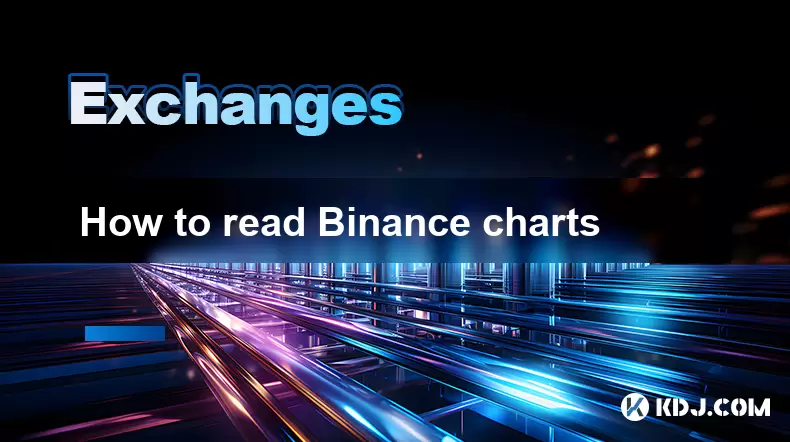
How to read Binance charts
Jul 07,2025 at 08:14pm
Understanding the Basics of Binance ChartsReading Binance charts effectively is essential for making informed trading decisions in the cryptocurrency market. Before diving into technical indicators and candlestick patterns, it's important to understand the basic layout of a chart on the Binance platform. The default chart interface displays price moveme...
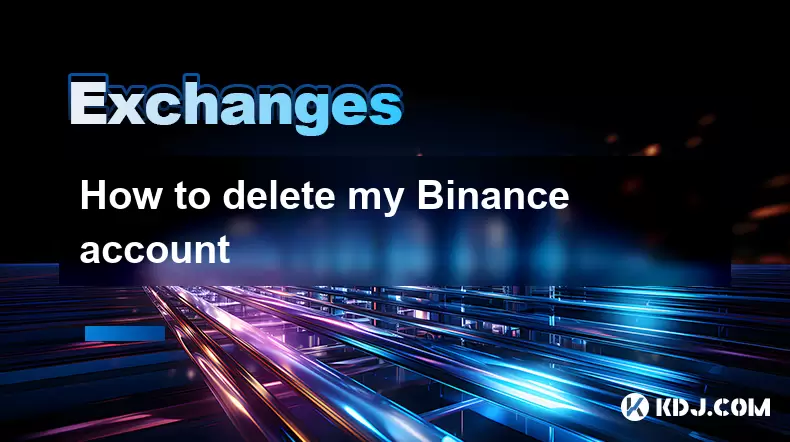
How to delete my Binance account
Jul 08,2025 at 06:35am
How to Delete My Binance AccountIf you're considering deleting your Binance account, it's important to understand the process thoroughly. Binance is one of the largest cryptocurrency exchanges globally, and permanently closing your account involves several steps. This guide will walk you through each necessary action to ensure a smooth deletion. Prepari...
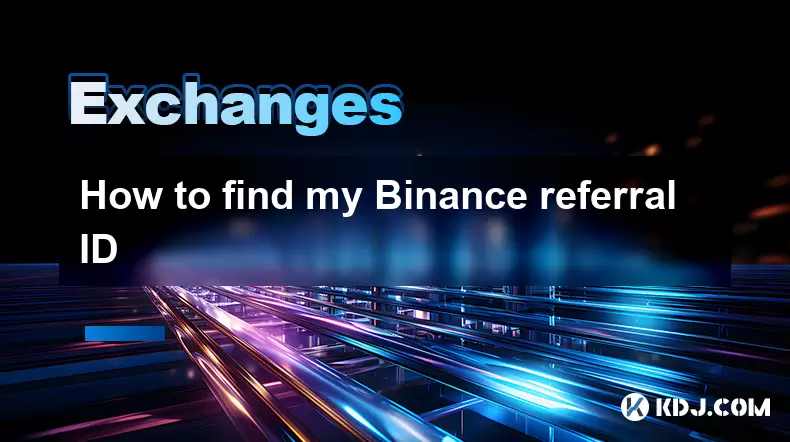
How to find my Binance referral ID
Jul 07,2025 at 06:29pm
What is a Binance Referral ID?A Binance Referral ID is a unique identifier assigned to each user on the Binance platform. This ID allows users to refer new traders to Binance and earn commissions from their trading fees. The referral program is an integral part of Binance’s ecosystem, encouraging community growth and rewarding active participants. Every...

How to recover a lost Binance account
Jul 07,2025 at 09:07pm
What Happens When a Binance Account Is Lost?Losing access to your Binance account can be a distressing experience, especially if you hold significant digital assets. This typically occurs due to forgotten login credentials, loss of two-factor authentication (2FA) devices, or compromised accounts. Understanding the exact reason behind losing access is cr...

How to trade options on Binance
Jul 08,2025 at 04:35am
Understanding Options Trading on BinanceOptions trading allows investors to speculate on the future price of an asset without owning it. On Binance, users can trade crypto options, which are derivative contracts that give traders the right—but not the obligation—to buy or sell a cryptocurrency at a predetermined price before a specific date. This form o...

How to get the Binance Visa Card
Jul 08,2025 at 07:36am
What Is the Binance Visa Card?The Binance Visa Card is a cryptocurrency-linked payment solution that allows users to spend their digital assets in everyday transactions. Whether you're purchasing groceries, booking travel, or shopping online, this card enables seamless integration of crypto into your financial lifestyle. Unlike traditional debit or cred...

How to read Binance charts
Jul 07,2025 at 08:14pm
Understanding the Basics of Binance ChartsReading Binance charts effectively is essential for making informed trading decisions in the cryptocurrency market. Before diving into technical indicators and candlestick patterns, it's important to understand the basic layout of a chart on the Binance platform. The default chart interface displays price moveme...

How to delete my Binance account
Jul 08,2025 at 06:35am
How to Delete My Binance AccountIf you're considering deleting your Binance account, it's important to understand the process thoroughly. Binance is one of the largest cryptocurrency exchanges globally, and permanently closing your account involves several steps. This guide will walk you through each necessary action to ensure a smooth deletion. Prepari...

How to find my Binance referral ID
Jul 07,2025 at 06:29pm
What is a Binance Referral ID?A Binance Referral ID is a unique identifier assigned to each user on the Binance platform. This ID allows users to refer new traders to Binance and earn commissions from their trading fees. The referral program is an integral part of Binance’s ecosystem, encouraging community growth and rewarding active participants. Every...
See all articles

























